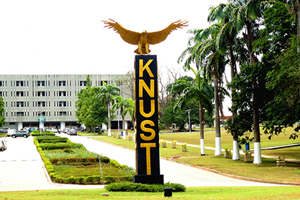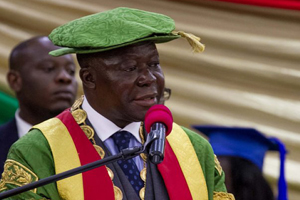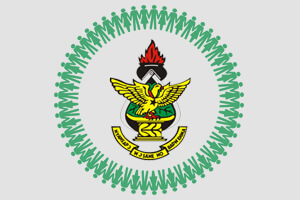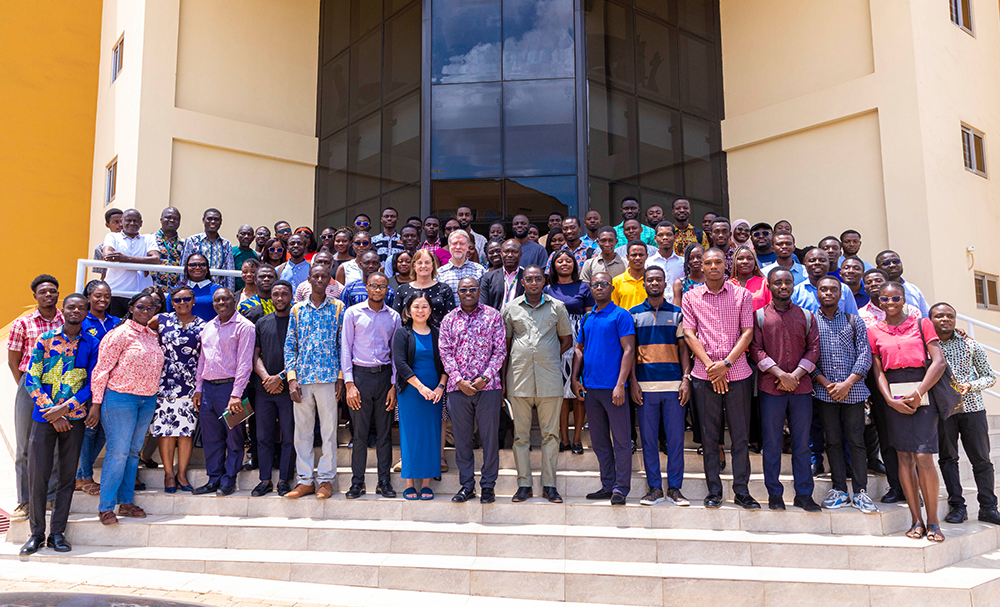“The biggest takeaway is that unless someone cares enough to act, nothing is going to change.”
With this quote from The Lorax by Dr. Seuss, Professor William Stubblefield of Oregon State University delivered a compelling call to action at a scientific seminar hosted by the Kwame Nkrumah University of Science and Technology (KNUST).
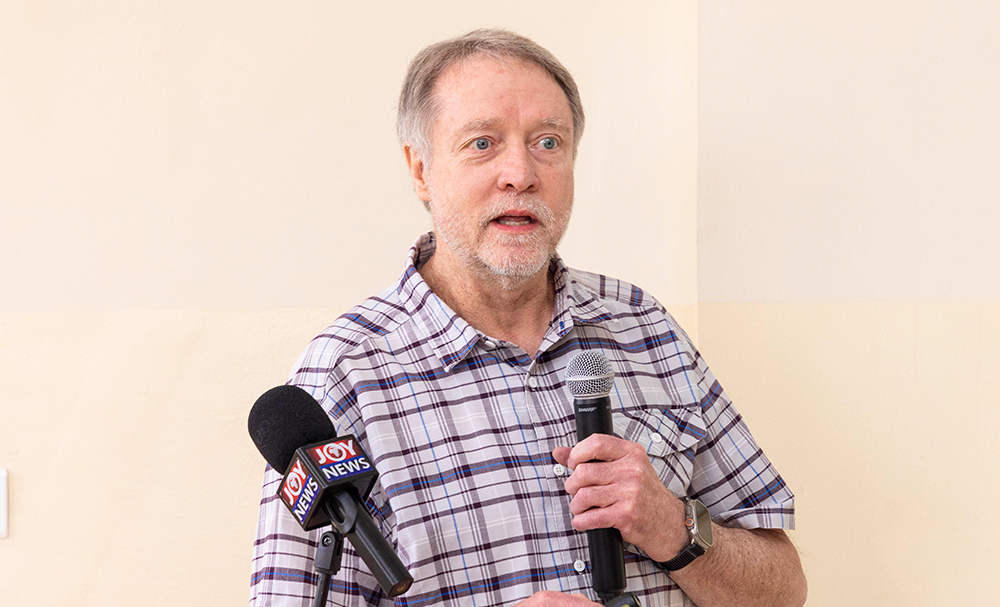
Drawing parallels between Ghana’s current environmental degradation and the United States’ environmental awakening in the 1970s, Prof. Stubblefield stressed the urgent need for coordinated efforts between academia, government, and industry.
He recalled how the U.S., once plagued by rivers catching fire and mass fish kills, transformed its environmental landscape through activism and science-based policy, culminating in landmark regulations like the Clean Water Act and Clean Air Act.
Through a detailed case study of a contaminated mine site, Prof. Stubblefield demonstrated the importance of scientific data, particularly water chemistry, in understanding and addressing the long-term impact of poor environmental practices, lessons he urged Ghanaian scientists to embrace.
The seminar brought together a cross-disciplinary team of researchers from KNUST: Professor Paul Sampene Ossei (Pathology), Professor George Ainooson (Pharmacology), Dr. Alexander Kwarteng and Dr. Amma Larbi (Biochemistry and Biotechnology).
The rest are Dr. Augustina Sylverken (Theoretical and Applied Biology), Dr. Lyndon Sackey (Environmental Science), and Professor Samuel Ato Andam Akorful with Dr. Efiba Senkyire Kwarteng (Geomatic Engineering).
The team is spearheading an initiative to explore innovative approaches to environmental health and toxicology, especially in the context of Ghana’s pressing environmental challenges.
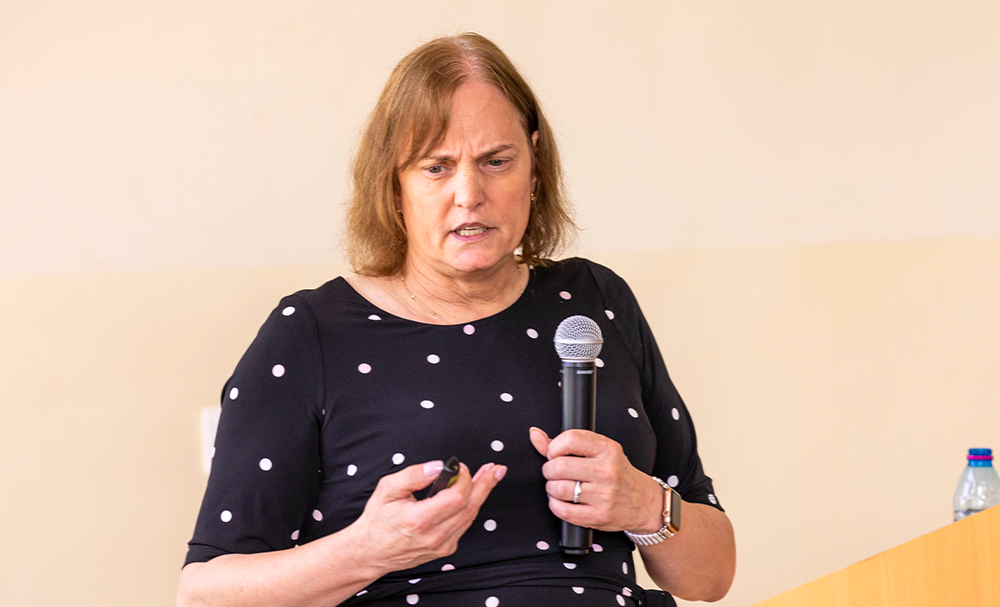
Professor Robyn Tanguay, also from Oregon State University, showcased the zebrafish as a powerful model organism for biomedical and environmental research.
She explained that zebrafish share approximately 85% of human genes and develop rapidly, making them ideal for high-throughput screening of environmental toxins. She emphasized their relevance in studying pollutants from illegal mining activities in Ghana,
stating that zebrafish could provide rapid, visual evidence of toxicity, particularly developmental harm to children, thus serving as both a scientific and communication tool.
Professor Paul Sampene Ossei, Head of the Forensic Unit at Komfo Anokye Teaching Hospital, presented alarming findings on human exposure to heavy metals such as mercury, arsenic, cyanide, and lead traced to illegal small-scale gold mining (galamsey). Based on autopsy and cross-sectional studies from 2021 to 2023, Prof. Ossei highlighted the grave consequences for vulnerable populations, including pregnant women and newborns, stressing the urgent need for public health interventions.
Complementing this, Professor Richard Akwasi Buamah from KNUST’s College of Engineering, advocated for a holistic, mixed-method approach that integrates environmental science with social, economic, and behavioural factors influencing miners’ actions. He emphasised that addressing the crisis requires solutions that are not only technical but also socially informed.
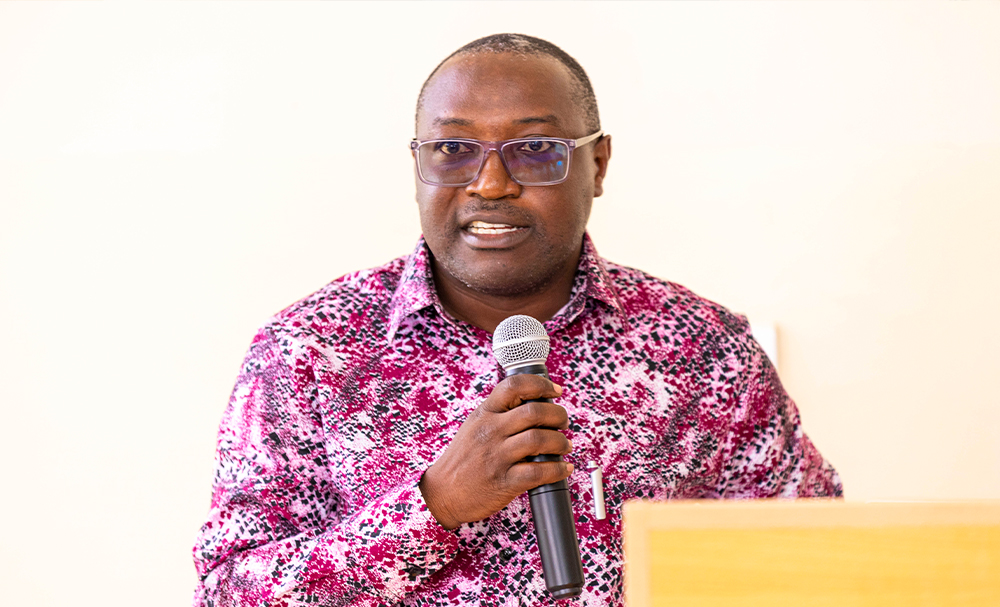
Dr. Alexander Kwarteng, Senior Lecturer in Biochemistry and Biotechnology, made a passionate appeal to the youth, urging them to stand up against environmental harm.
“You are the next leaders who will face the consequences of illegal mining if the warning signs are ignored now,” he warned. He called on young people to take ownership of the future and actively participate in transforming their communities for a healthier, safer environment.

